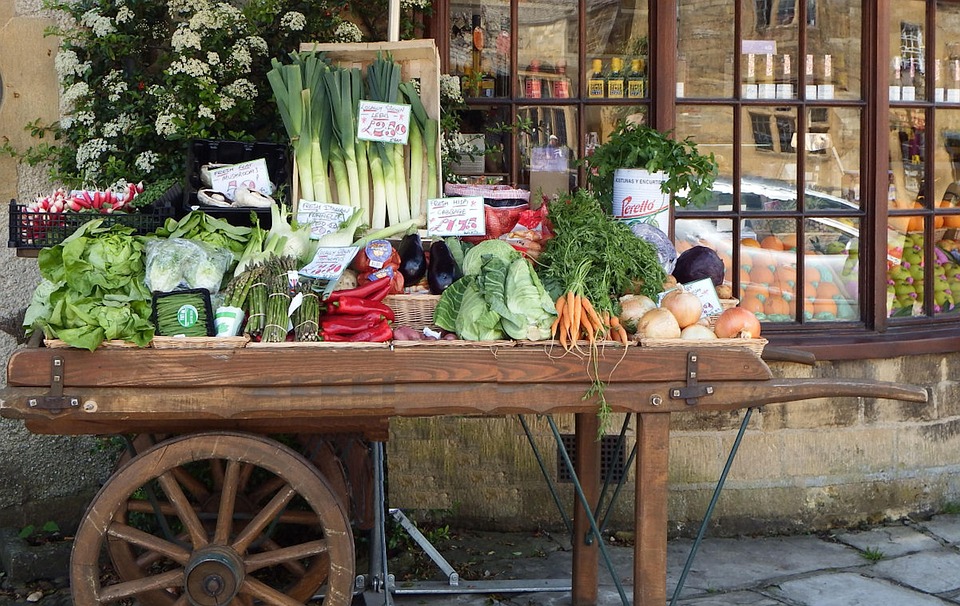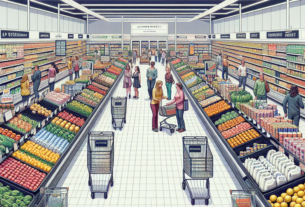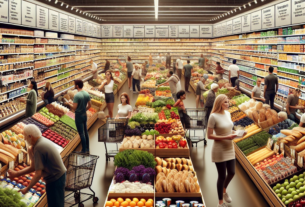The State of the Global Grocery Retail Industry in 2025
In 2025, the grocery retail industry is facing unprecedented challenges due to inflation and price pressures. Companies are being forced to adapt quickly in order to survive in this competitive landscape.
Financial Overview
According to a report by CulinaryCoverage.com, the global grocery retail industry is projected to reach $12 trillion by 2025. This represents a significant increase from previous years, but companies are struggling to maintain profitability due to rising costs.
Market Share
The market share of grocery retail companies is shifting as new players enter the market and traditional retailers face increased competition. Online grocery delivery services are gaining popularity, posing a threat to brick-and-mortar stores.
Volume Trends
Despite the challenges posed by inflation and price pressures, grocery retail companies are seeing an increase in volume sales. Consumers are still purchasing essential items, but are becoming more selective in their choices.
Challenges and Opportunities
Grocery retail companies are facing numerous challenges in 2025, including rising commodity prices, labor shortages, and supply chain disruptions. However, there are also opportunities for growth through innovation and strategic partnerships.
Adapting to Inflation and Price Pressures
In order to adapt to inflation and price pressures, grocery retail companies are implementing various strategies to remain competitive and profitable.
Price Adjustments
Many grocery retailers are adjusting their prices to reflect the increased costs of goods. Some companies are also offering promotions and discounts to attract customers and drive sales.
Supply Chain Optimization
Companies are investing in supply chain optimization to reduce costs and improve efficiency. This includes streamlining distribution processes, reducing waste, and negotiating better deals with suppliers.
Product Innovation
Grocery retailers are introducing new products and services to differentiate themselves from competitors and attract customers. This includes offering organic and locally sourced products, meal kits, and ready-to-eat options.
Technology Integration
Many grocery retailers are integrating technology into their operations to improve customer experience and streamline processes. This includes online ordering and delivery services, self-checkout kiosks, and mobile payment options.
Expansion and Diversification
Some grocery retailers are expanding their reach through acquisitions, partnerships, and diversification. This includes entering new markets, launching new store formats, and investing in e-commerce platforms.
Future Plans
Looking ahead, grocery retail companies will need to continue adapting to inflation and price pressures in order to remain competitive. This may involve further price adjustments, supply chain optimization, product innovation, technology integration, and expansion strategies.
Conclusion
The grocery retail industry is facing significant challenges in 2025, but companies have the opportunity to thrive by adapting to inflation and price pressures. By implementing strategic initiatives and staying agile in a changing market, grocery retailers can position themselves for long-term success.



